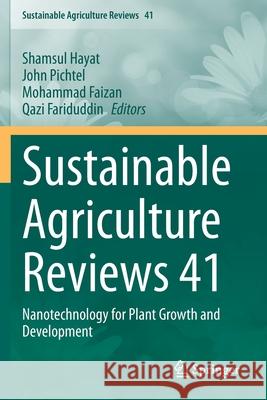Sustainable Agriculture Reviews 41: Nanotechnology for Plant Growth and Development » książka
topmenu
Sustainable Agriculture Reviews 41: Nanotechnology for Plant Growth and Development
ISBN-13: 9783030339982 / Angielski / Miękka / 2021 / 216 str.
Sustainable Agriculture Reviews 41: Nanotechnology for Plant Growth and Development
ISBN-13: 9783030339982 / Angielski / Miękka / 2021 / 216 str.
cena 403,47
(netto: 384,26 VAT: 5%)
Najniższa cena z 30 dni: 385,52
(netto: 384,26 VAT: 5%)
Najniższa cena z 30 dni: 385,52
Termin realizacji zamówienia:
ok. 22 dni roboczych
Dostawa w 2026 r.
ok. 22 dni roboczych
Dostawa w 2026 r.
Darmowa dostawa!
Kategorie:
Kategorie BISAC:
Wydawca:
Springer
Seria wydawnicza:
Język:
Angielski
ISBN-13:
9783030339982
Rok wydania:
2021
Wydanie:
2020
Numer serii:
000379236
Ilość stron:
216
Waga:
0.33 kg
Wymiary:
23.39 x 15.6 x 1.24
Oprawa:
Miękka
Wolumenów:
01
Dodatkowe informacje:
Wydanie ilustrowane











